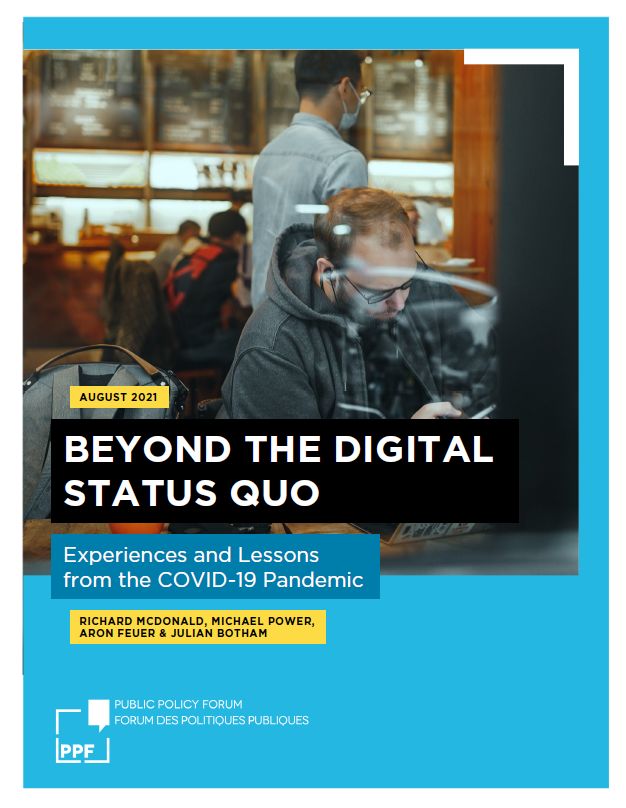
Beyond the Digital Status Quo
Experiences and Lessons from the COVID-19 PandemicExecutive Summary
The COVID-19 pandemic has proven to be a test of the value of cloud-based services and digital transformation. This includes various factors that were slowing their adoption, such as legacy processes, practices, policies and, in some instances, financial structures. When considering the spectrum of digital transformation, organizations should create corporate architectures that meet their requirements and constraints. They should also recognize the time needed to do so.
Organizations that had successfully adopted digital transformation were able to better respond to the pandemic, to a degree proportional to the depth of their transformation. The pandemic demonstrated that ensuring an “untethered” workforce allows an organization to change how they work. Mobile-enabled workforces were able to quickly resume operations while organizations that had rearchitected their systems using modern digital approaches, often cloud-based, were able to quickly modify existing services and deploy new ones. Remote work has shown short-term benefits to employees, and many prefer it; however, there appear to be undesirable long-term effects on the culture of organizations and their ability to innovate.
Organizations wanting more technological agility should recognize that digital transformation is not a destination but a journey along a spectrum that moves from simple to complex. Using cloud-based services does not necessarily mean being digitally transformed. The transformation of business processes, allowing change in not only how but also in what an organization does, is not a short process.
Moving to a different post-pandemic environment, especially as organizations consider a hybrid-model of remote and in-office work, will require a greater emphasis placed on security and privacy. Employee training will help but organizations will also need to develop modern, relevant, standard configurations and practices for working remotely, including computing and physical infrastructure. Associated with this is a need to review the streamlined or temporary measures used to implement emergency services and ensure appropriate risk-management decisions are approved and recorded.
Public sector IT leaders have been both responsive and adaptive in navigating the challenges that arose during the pandemic crisis. The challenge will be in taking the digital transformation lessons, learned as they reacted to the pandemic, and applying them as Canada moves into a “post-pandemic” world.

Download the Report








